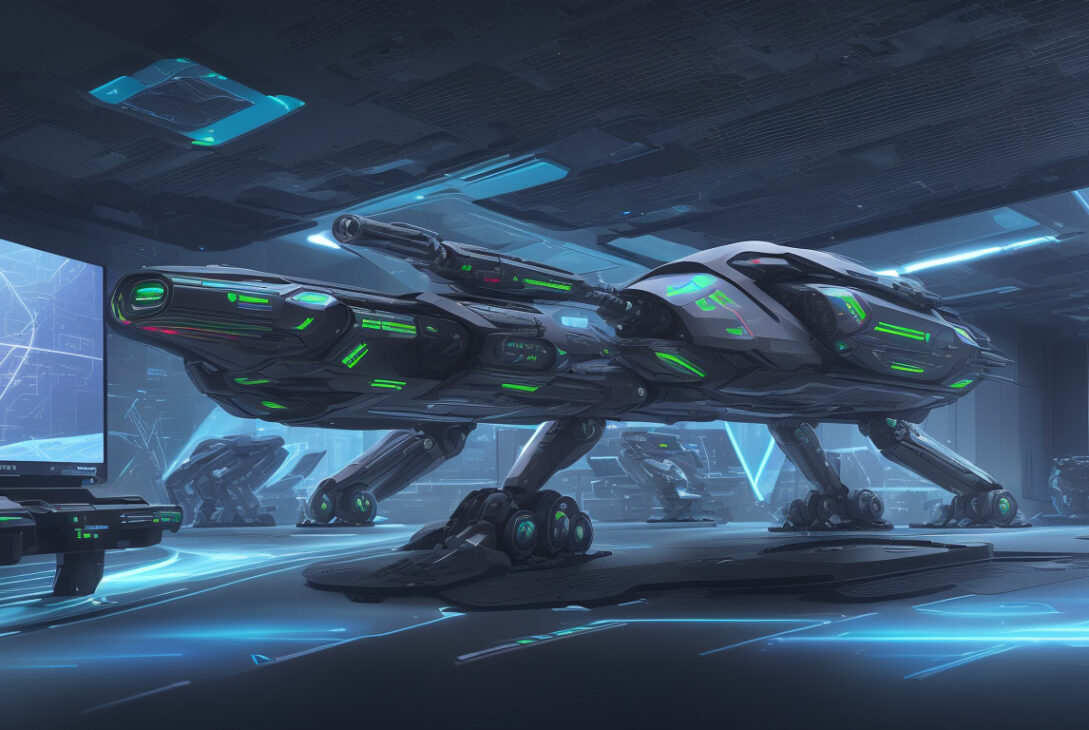Defense Department’s T-REX Initiative Seeks to Close Critical Technology Gaps
September 1, 2025 — By Jason Miller
The Department of Defense (DoD) is intensifying efforts to expedite the development and fielding of cutting-edge technologies through its Technology Readiness Experimentation program, known as T-REX. This innovative initiative is designed to identify and validate emerging technologies critical to maintaining U.S. military superiority by closing urgent capability gaps on the battlefield.
Bridging the Gap from Lab to Battlefield
Lt. Col. Matt Limeberry, commander of the Rapid Assessment of Prototype Technology Readiness (RAPTR) Task Force, part of the DoD’s Office of the Undersecretary of Defense for Research and Engineering, emphasized the unique nature of T-REX.
“Through T-REX, we take technologies directly out of laboratories, even at Technology Readiness Levels (TRL) 4 to 6, and push them into operationally relevant environments,” Limeberry explained on the Ask the CIO podcast. “These prototypes come with detailed documentation and performance claims, such as an unmanned aerial system (UAS) capable of eight hours endurance carrying a 10-pound payload. Our mission is to validate these claims beyond controlled settings, on any platform, in any domain.”
The RAPTR Task Force, a team of roughly 100 military personnel based at Camp Atterbury-Muscatatuck in Indiana, conducts rigorous live-fire and prototype demonstrations. These exercises replicate operational conditions to assess the military utility of technologies rapidly and realistically.
T-REX serves as a vital proving ground where warfighters interact directly with new tools, providing immediate feedback to developers. This iterative process allows for rapid refinements while simultaneously reducing risks and costs of technology acquisition. “We want the warfighter to fight tonight with tomorrow’s technology,” Lt. Col. Limeberry noted.
DOGMA Platform: AI and Mesh Networking Tested Under Pressure
At the summer 2024 T-REX event, industry leader General Dynamics-IT (GDIT), in partnership with Amazon Web Services (AWS), showcased the Defense Operations Grid-Mesh Accelerator (DOGMA). DOGMA is an artificial intelligence-driven platform integrating cloud computing, AI, and satellite connectivity to modernize long-range communications supporting U.S. air defense systems.
Brandon Bean, senior director for AI and machine learning solutions at GDIT’s defense division, described T-REX as “the ideal proving ground” that subjects technology to fast-paced, realistic scenarios. The team tested DOGMA’s adaptability, latency, and performance under contested environments, emphasizing the platform’s modular AI capabilities at the tactical edge—even with intermittent or low-bandwidth connectivity.
“DOGMA combines resilient mesh networking, edge-optimized compute, and real-time AI inference to process sensor data without requiring continuous cloud connectivity. Even in disrupted, degraded, intermittent, and low-bandwidth conditions, we extend connectivity using AWS as a secure cloud backbone,” Bean said.
Originally designed for NORAD and Alaskan Command to track aircraft in radar-denied environments, DOGMA was quickly pivoted within two weeks to support counter-UAS missions for T-REX. Further on-the-fly adaptations were made during the event itself to test the platform’s performance under field conditions.
Beyond the Battlefield
Bean highlighted DOGMA’s potential applications beyond the DoD. Federal agencies such as the Department of Homeland Security, Customs and Border Protection, FEMA, and even the Departments of Agriculture and Interior could utilize DOGMA’s secure, flexible architecture to manage data from drones and sensors over remote lands.
“Anywhere analytics and remote data transfer are needed—whether from internet-of-things sensors, cameras, or radars—DOGMA’s secure backbone can get that data off the objective and into actionable environments, at the edge or the core data center,” Bean explained.
Looking Ahead
Lt. Col. Limeberry revealed that T-REX also evaluates a wide range of technologies beyond communications and AI. These include resilient communications, predictive AI models, and countermeasures for aerial threats to military installations. Looking toward 2026, the program plans to explore advanced capabilities such as “Top Gun” first-person view UAS platforms, drone-on-drone combat, swarming, and multi-domain, collaborative autonomy across air, maritime, and terrestrial systems.
Held twice annually, T-REX offers a rare opportunity for rapid, realistic experimentation to drive technology maturation and fielding decisions with input directly from warfighters. As the military confronts evolving threats, such initiatives are critical to delivering timely, effective solutions that save lives and secure advantage.
For continual updates on government technology and defense innovations, subscribe to our daily newsletter.










